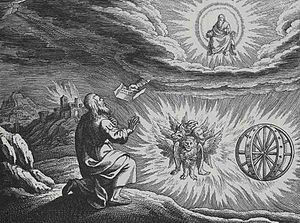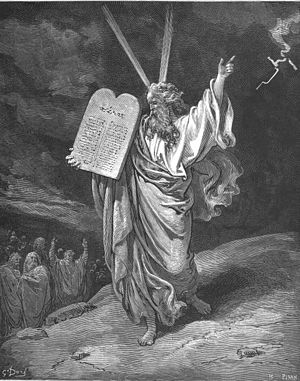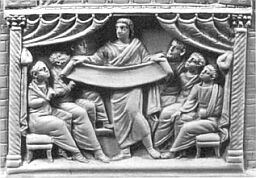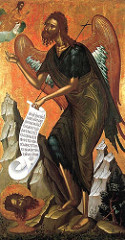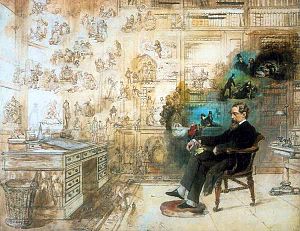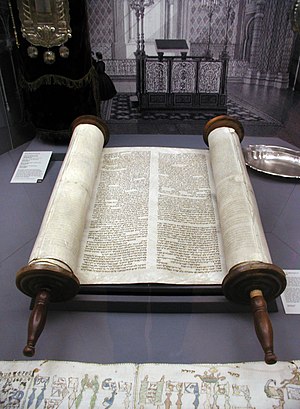Updated an hour after initial posting.
There is no historical inquiry comparable to: “Did Julius Caesar exist?” That ought to tell us something about the nature of mainstream historical investigations — and also something about the evidence for a historical figure of Jesus as an originator of the Christian religion.
I have posted far more in depth articles and discussions from mainstream scholarly publications on this blog than anything by or about “mythicists”, and I have never posted what aspires to be a comprehensive argument for mythicism. I used to say I rejected the label “mythicist” because such a label implied that I was somehow dedicated to presenting arguments for the idea that Jesus was not a historical person. (How, then, to explain that I have posted very little on mythicism per se or on publications by mythicist authors, opting overwhelmingly for non-mythicist publications? I have actually read very little on mythicism. One can get some idea of my reading range and interests on my librarything page.)
I certainly do think those arguments that claim Christianity originating with a historical person of Jesus and a few followers after his death are implausible, romantic and circular. And I do believe that many mainstream biblical scholars are in denial over the circularity of their methods, and have opted to bypass and denigrate rather than address serious challenges to their culturally sanctioned historicist paradigms.
So I finally realized it is less confusing if I do not attempt to disown the label “mythicist”. But my interest is not with arguing a case for a mythical Jesus per se. Continue reading “Vridar, not a mythicist blog, but a blog for Christian origins and the nature of the early evidence”
Like this:
Like Loading...

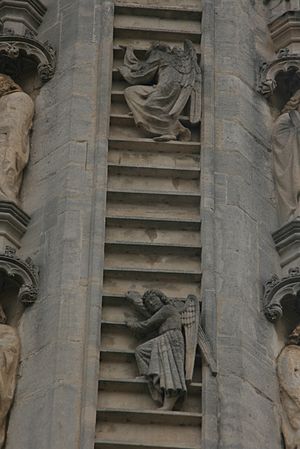
 April DeConick in
April DeConick in 